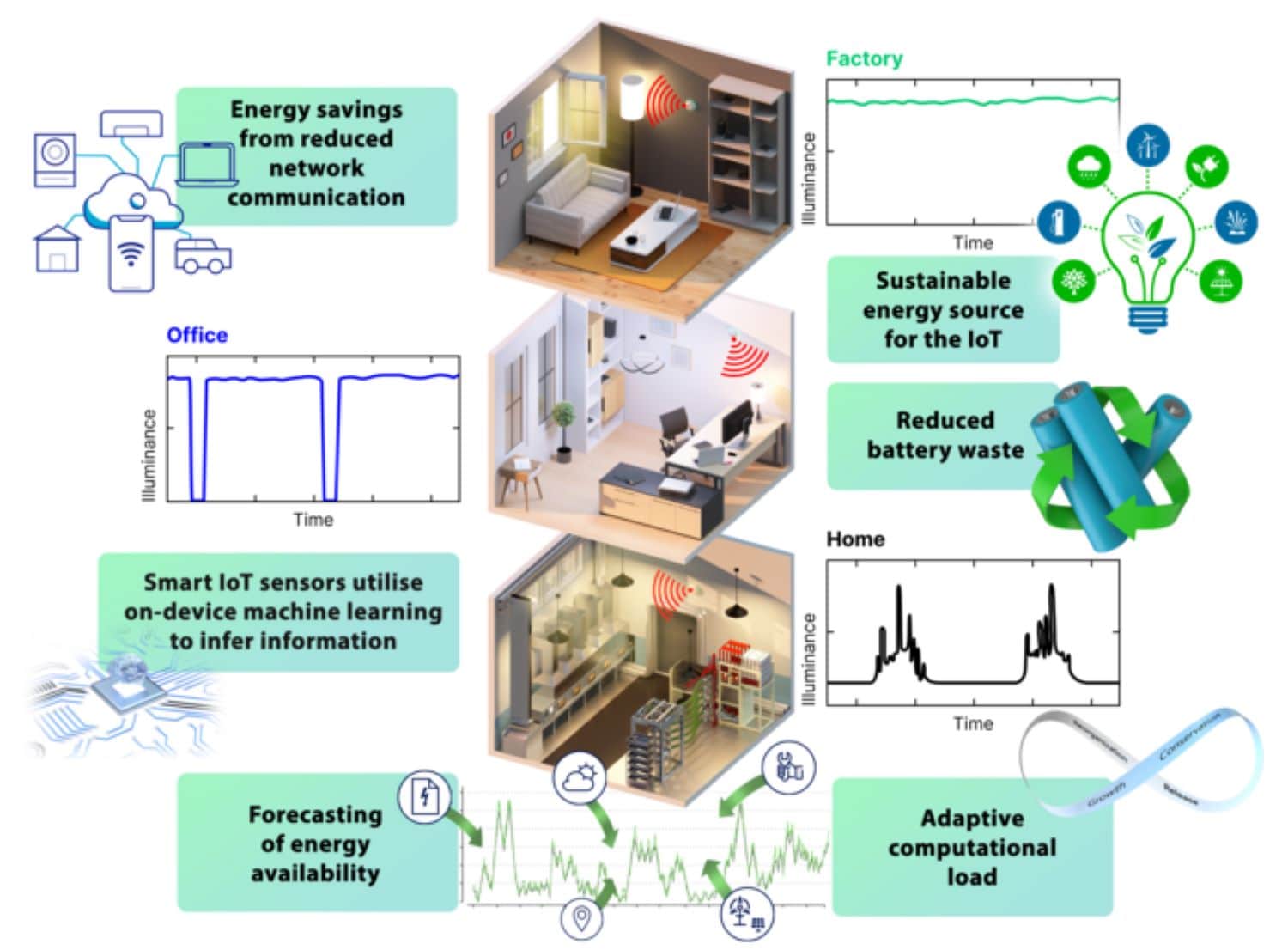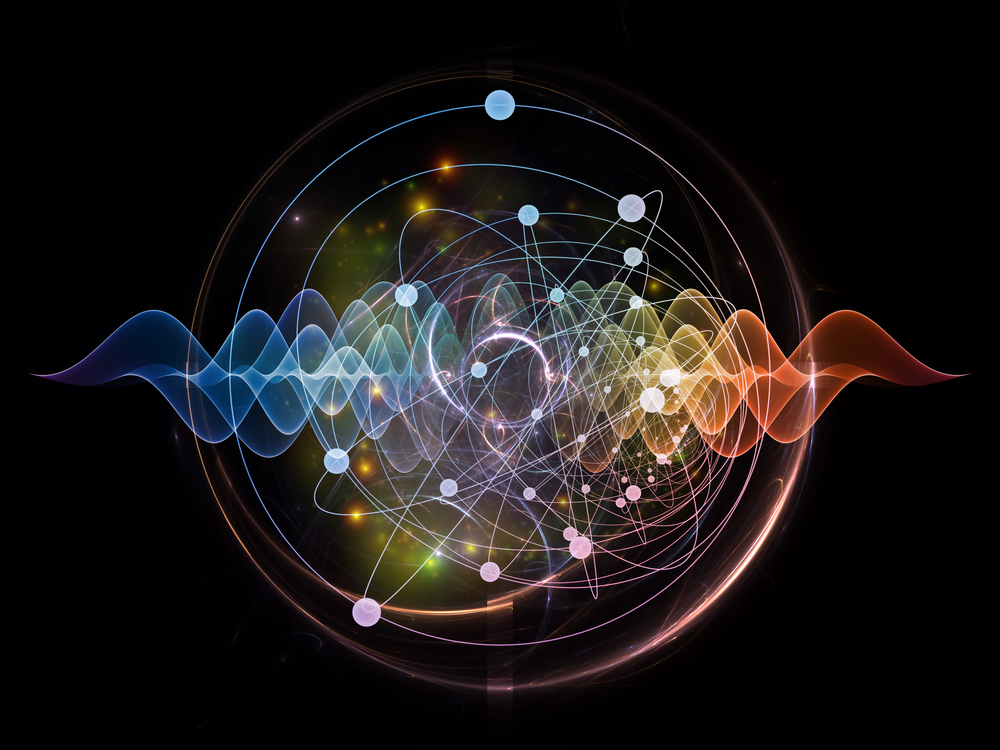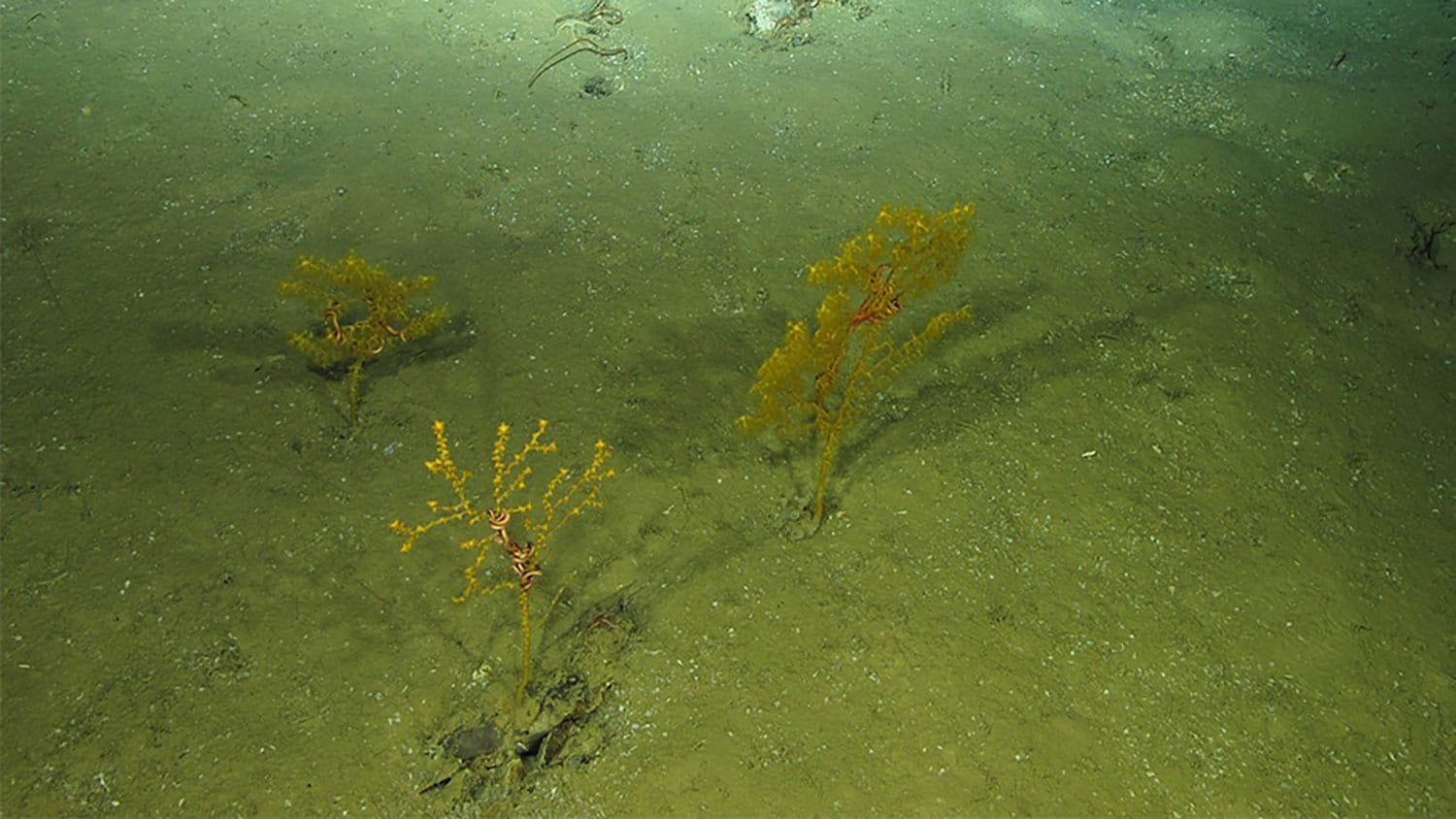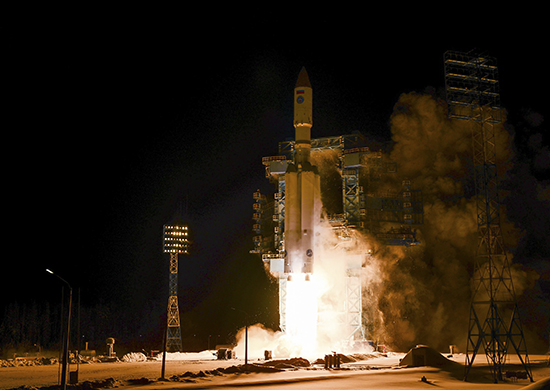A time crystal is an object whose parts move in a regular, repeating cycle, sustaining this constant change without burning energy. In the past decade, ‘Time Crystal’ has been a new phase of matter.
Scientists need to find ways to produce time crystalline states and keep them stable outside the laboratory to understand more about time crystals and use their potential in technology.
Scientists from UC Riverside have now observed time crystals in a system not isolated from its ambient environment. The discovery is one step closer to developing time crystals for real-world applications.
Lead author Hossein Taheri, an assistant research professor of electrical and computer engineering in UC Riverside’s Marlan and Rosemary Bourns College of Engineering, said, “When your experimental system has energy exchange with its surroundings, dissipation and noise work hand-in-hand to destroy the temporal order. In our photonic platform, the system strikes a balance between gain and loss to create and preserve time crystals.”
Scientists realized all-optical time crystal using a disk-shaped magnesium fluoride glass resonator one millimeter in diameter. They later shone the laser beams on the glass to observe subharmonic spikes or frequency tones between the two laser beams. This indicated the breaking of temporal symmetry and the creation of time crystals.
Later they used self-injection locking of two independent lasers to the resonator to achieve robustness against environmental effects. Signatures of the temporally repeating state of this system can readily be measured in the frequency domain.
Taheri said, “Without the need for a low temperature, the system can be moved outside a complex lab for field applications. One such application could be highly accurate measurements of time. Because frequency and time are mathematical inverses of each other, accuracy in measuring frequency enables accurate time measurement.”
“We hope that this photonic system can be utilized in a compact and lightweight radiofrequency sources with superior stability as well as in precision timekeeping.”
Journal Reference:
- Taheri, H., Matsko, A.B., Maleki, L. et al. All-optical dissipative discrete time crystals. Nat Commun 13, 848 (2022). DOI: 10.1038/s41467-022-28462-x
Note: This article have been indexed to our site. We do not claim legitimacy, ownership or copyright of any of the content above. To see the article at original source Click Here













